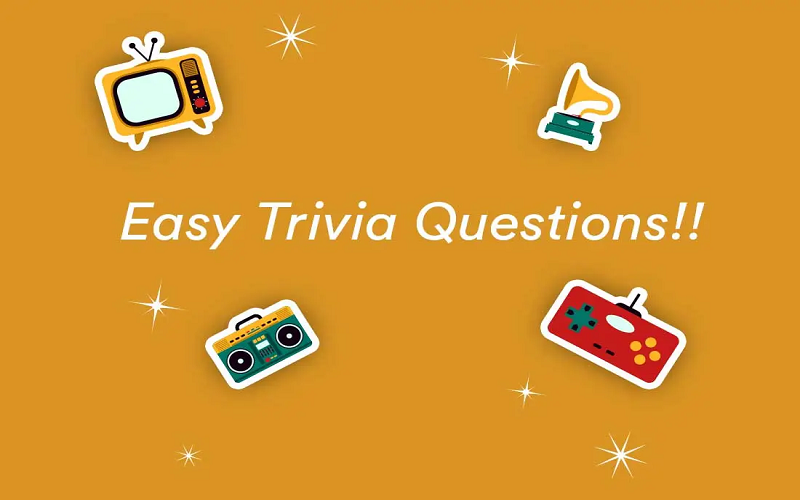Multiple Choice Trivia Questions: Engaging and Interactive Learning

Are you ready for a journey of fun and learning? Dive into the world of multiple-choice trivia questions, where knowledge meets excitement! In this article, we will explore the benefits, design principles, and practical tips for incorporating multiple-choice trivia questions into your learning environment.
Introduction
Trivial pursuit is more than just a game it is a powerful educational tool that promotes engagement, critical thinking, and knowledge retention. Multiple-choice trivia questions, in particular, offer a structured and interactive approach to learning, making them popular in classrooms, training sessions, and social gatherings.
Benefits of Multiple-Choice Trivia Questions
Read more: the-role-of-technology-in-investment-banking-education-emerging-trends
Promotes Active Participation and Engagement
Multiple-choice questions encourage learners to actively engage with the material, stimulating their curiosity and involvement in the learning process.
Enhances Retention and Recall of Information
By presenting learners with options to choose from, multiple-choice questions reinforce learning and aid in the retention and recall of essential facts and concepts.
Provides Immediate Feedback to Learners
The format of multiple-choice questions allows for instant feedback, enabling learners to assess their understanding and identify areas for improvement.
Offers Flexibility in Assessing Knowledge
Multiple-choice trivia questions can cover a wide range of topics and difficulty levels, making them versatile tools for assessing learners’ knowledge and comprehension.
Designing Effective Multiple-Choice Trivia Questions
To ensure the effectiveness of multiple-choice trivia questions, consider the following design principles:
- Clear and Concise Wording: Frame questions and options in clear and straightforward language to avoid confusion.
- Avoid Ambiguities and Misleading Options: Provide distractors that are plausible but incorrect to challenge learners without misleading them.
- Balanced Difficulty Levels: Include questions of varying difficulty to accommodate learners with different levels of expertise.
- Incorporate Diverse Topics: Cover a broad spectrum of subjects to cater to the diverse interests and backgrounds of learners.
Sample Multiple-Choice Trivia Questions
Let us explore some sample multiple-choice trivia questions across different categories:
History
- Who was the first president of the United States?
- A) George Washington
- B) Abraham Lincoln
- C) Thomas Jefferson
- D) John Adams
- Answer: A) George Washington
Science
- What is the chemical symbol for water?
- A) H2O
- B) CO2
- C) NaCl
- D) O2
- Answer: A) H2O
Literature
- Who wrote the novel “To Kill a Mockingbird”?
- A) Harper Lee
- B) Mark Twain
- C) J.K. Rowling
- D) Charles Dickens
- Answer: A) Harper Lee
Tips for Using Multiple-Choice Trivia Questions
To maximize the effectiveness of multiple-choice trivia questions:
- Encourage Critical Thinking: Encourage learners to analyze options critically and justify their choices.
- Incorporate Discussion and Reflection: Facilitate group discussions and reflection on the rationale behind each answer.
- Adapt Questions to Learners’ Abilities: Tailor questions to match the knowledge level and learning objectives of the audience.
- Keep Questions Fresh and Engaging: Regularly update and diversify questions to maintain interest and engagement.
Conclusion
In conclusion, multiple-choice trivia questions offer a dynamic and interactive approach to learning, fostering engagement, critical thinking, and knowledge retention. By integrating well-designed multiple-choice trivia questions into educational settings, instructors can create enriching learning experiences that inspire curiosity, stimulate intellectual growth, and empower learners to succeed.





